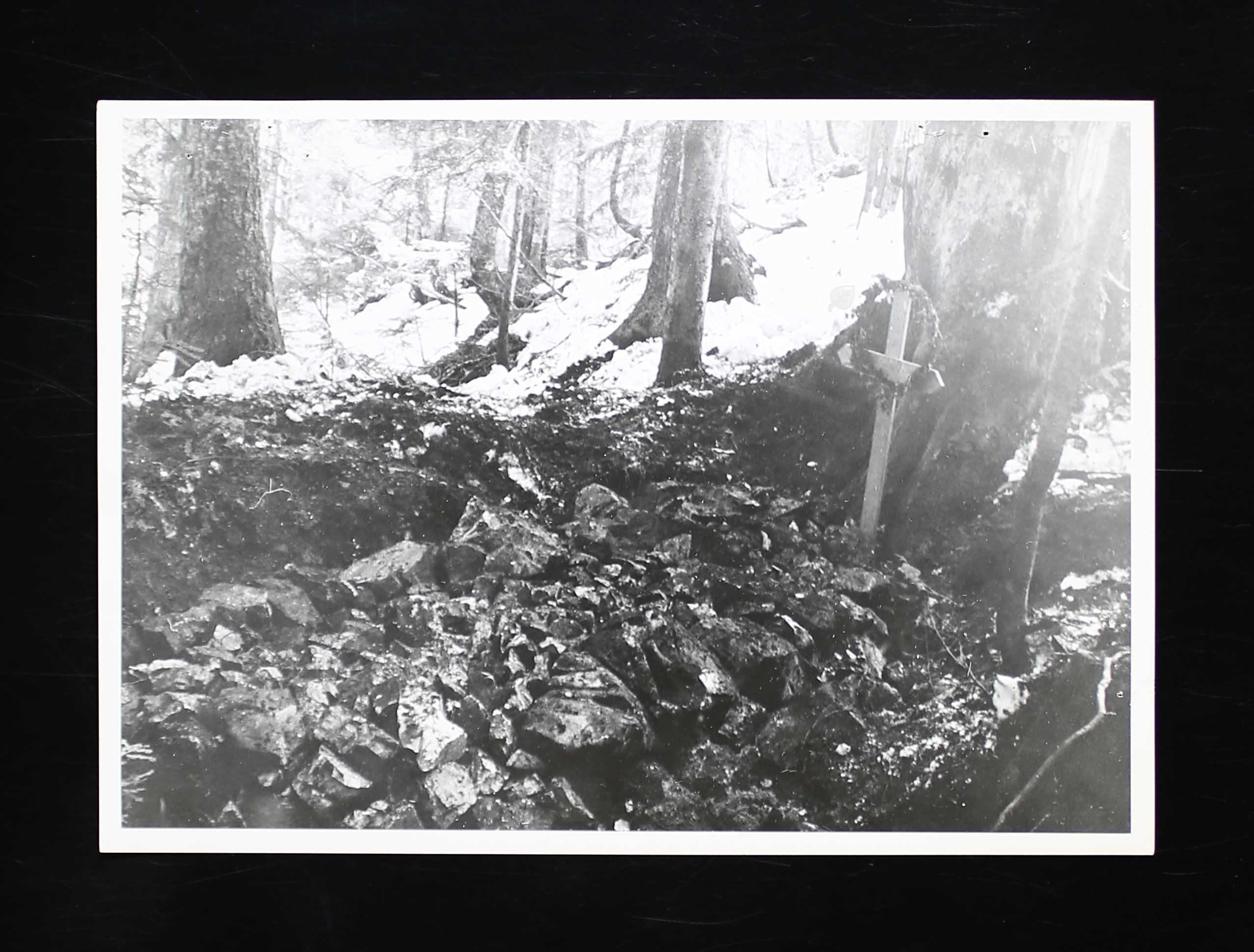
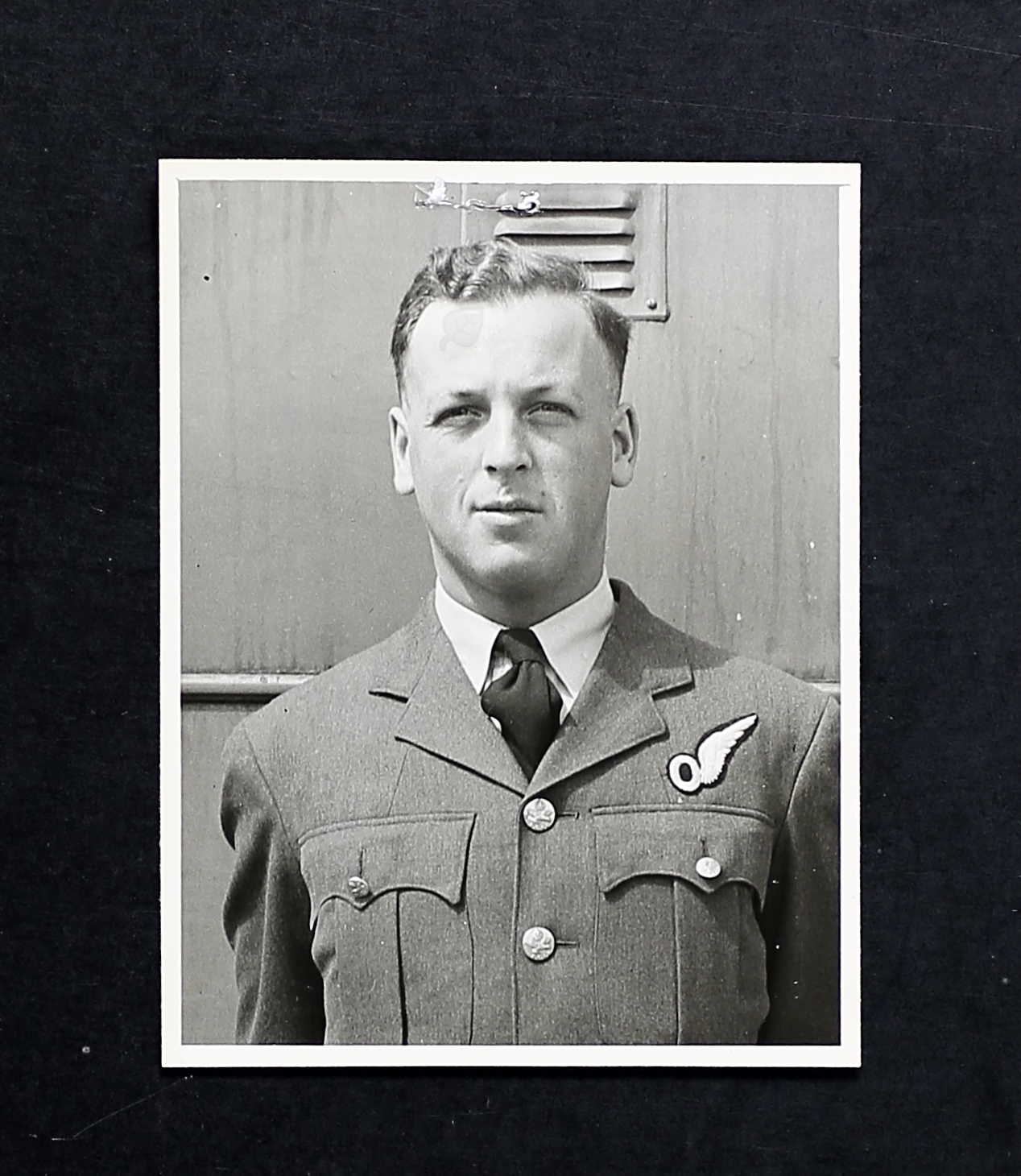
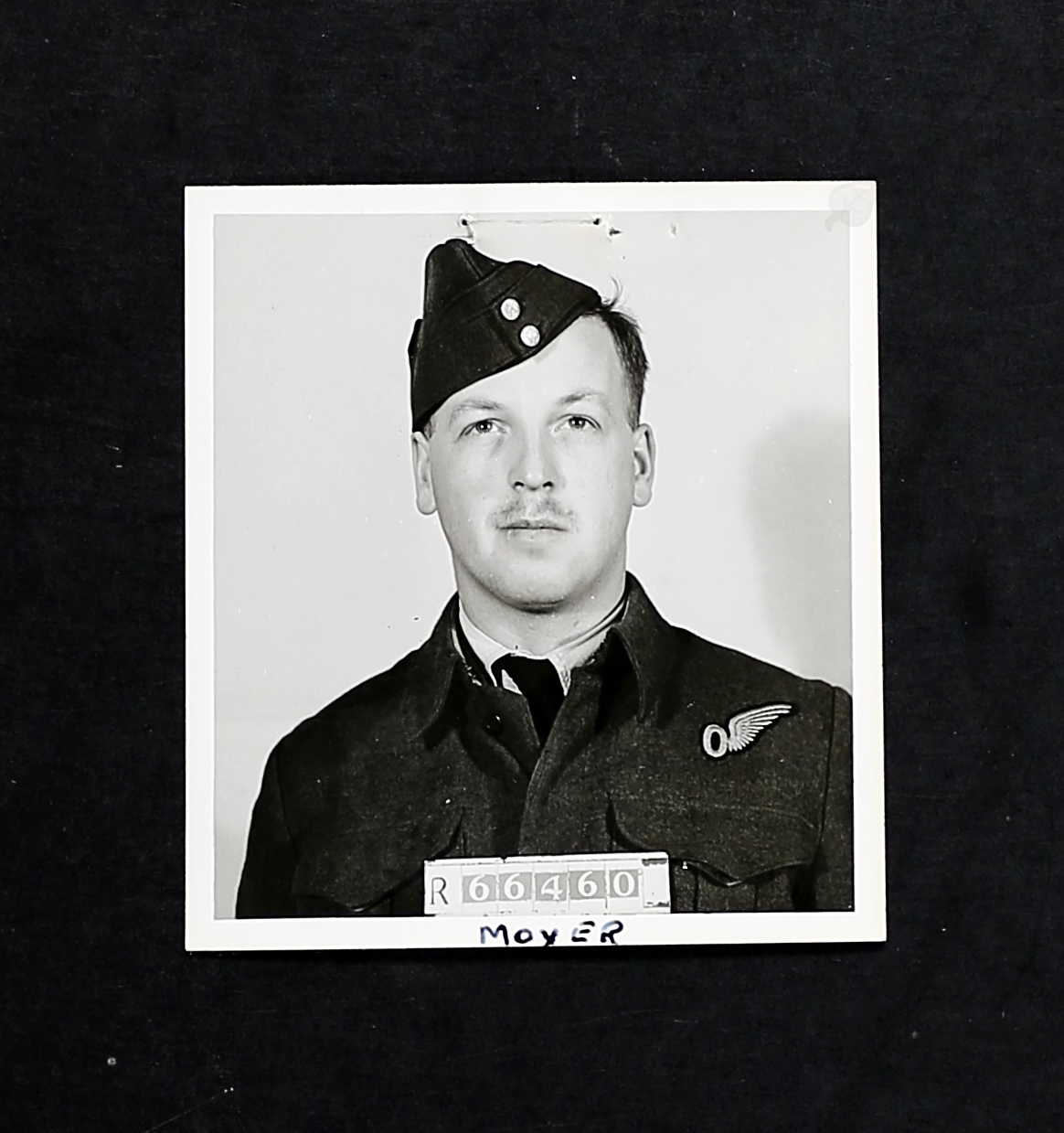
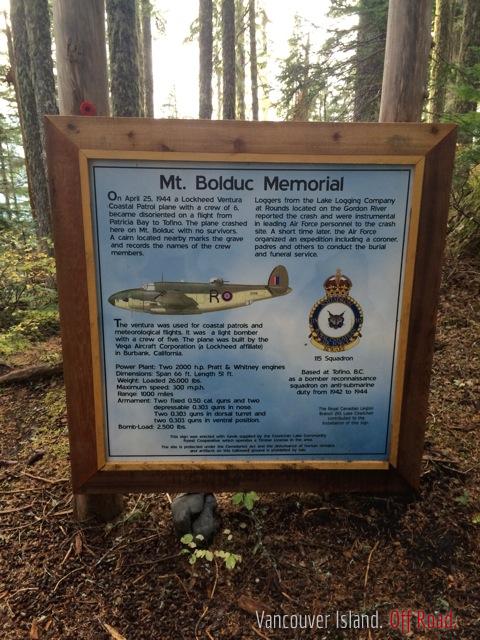
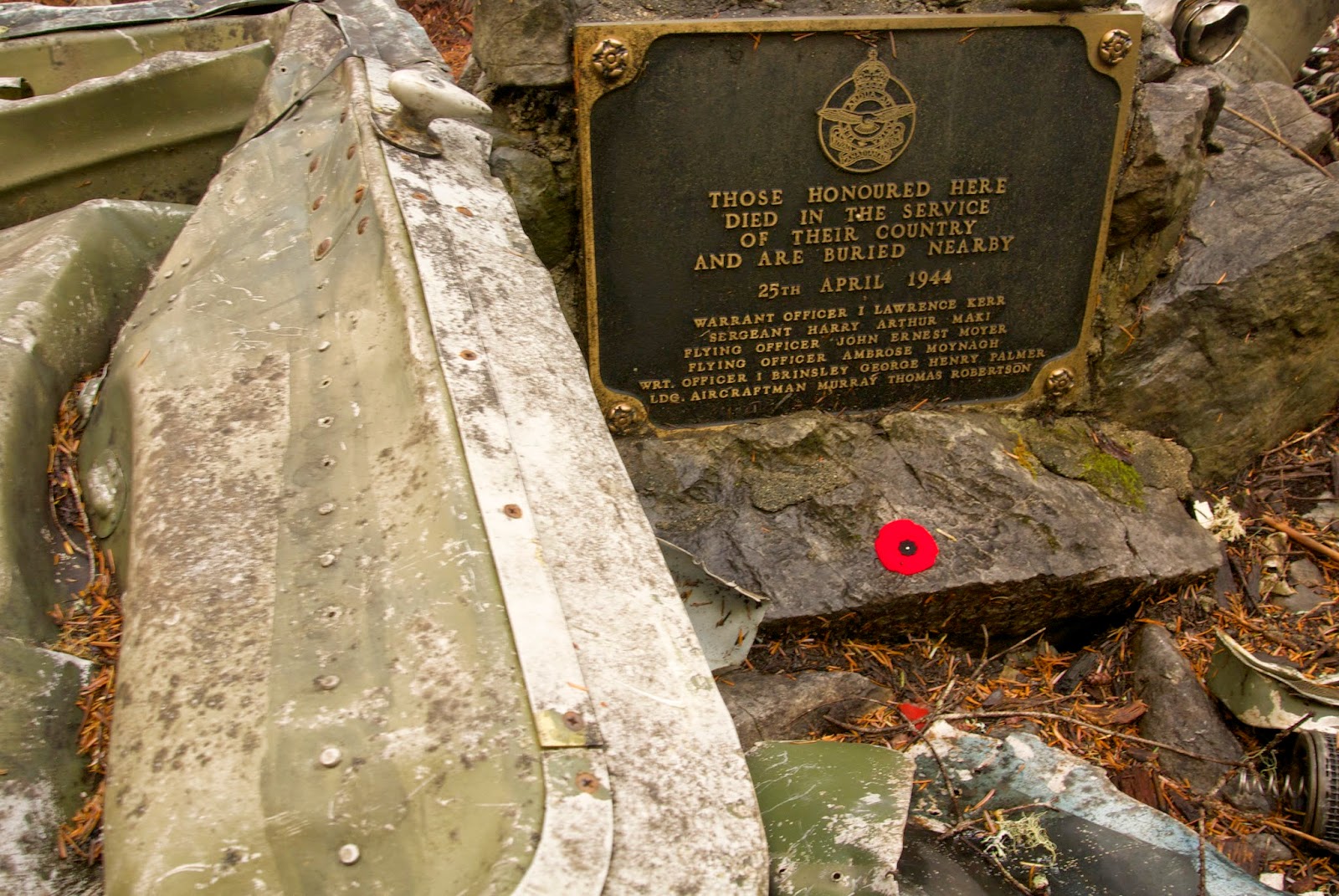
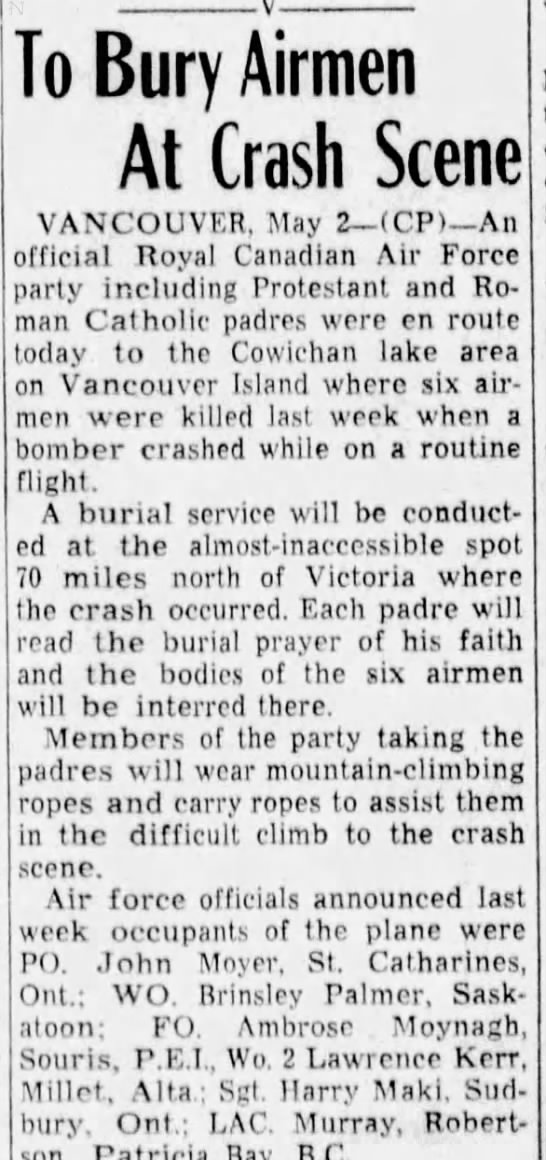
February 28, 1917 - April 5, 1944






John Ernest Moyer, born in Toronto, Ontario, was the son of Ernest Sidney Moyer, bookkeeper, and Cleo Blanche (nee Chamberlain) Moyer of Vineland, Ontario. He had one sister, Glady E. Baker. The family attended the United Church.
John married Kathryn Margaret Garner on June 29, 1943 in St. Catherines, Ontario, where she resided. By 1948, Kathryn remarried and became Mrs. Raynor.
John enlisted twice, the first time in July 1940 and was accepted into the RCAF February 17, 1941. He was a knitting machine operator and shipper for seven years at Warren Bros. Ltd., a woolen mill, in St. Catherines, Ontario. After the war, he wanted to become a chartered accountant. He had taken one year of primary accounting at St. Catherines Business College in the evening 1939-1940.
“An excellent type who responds well to all tests except the red/green where he shows complete red neglect in the horizontal plane, only in the right eye. In 1923, a left perirenal abscess was drained and prompt healing is said to have followed.”
He wore glasses for ‘fine work,’ liked photography, tennis, skating, and swimming. “Athletic, alert. 1 depressed scar left renal region, scars upper and lower lip.” He stood 5’7” tall and weighed 145 pounds, had blue eyes and dark brown hair.
In May 1941: “Wanted pilot originally but OMB poor; wants observer, failing that WAG. Stable, average intelligence. Co-operative. Good average observer material.” He was at No. 1 ITS during this time. He was10th out of 14 in his class with 86%. “Keen on job and applied himself quite well at this school. Neat and tidy in his work. Cool and methodical in manner. Should do well.”
John was at No. 4 AOS, July 8 to September 29, 1941, 21st out of 41 in his class in air training. In ground training: 19th out of 41. “Reliable and conscientious.”
He was then sent to No. 1 BGS, Jarvis, Ontario, from September 29 to November 8, 1941. “Above average as a bomb aimer. Average as an air gunner. 31st out of 40 in class with 72.5%. “A steady enthusiastic student. Has an inquiring mind. Must understand any point before leaving it. Should be a valuable man on aircrew as he is willing and cheerful and seems to understand that work.”
Next: No. 2 ANS, Pennfield Ridge, NB, from November 10 to December 8, 1941. “Sloppy but will come through on air training.” Ground training: “Good student but only average intelligence.” He was 40th out of 77 in his class. “Has very little natural ability but tries to do his best.” Other comments: “Good sergeant. Cheerful and pleasant but too easy going.”
John was awarded his Air Observer’s badge on November 8, 1941.
John had a bank account, plus $250 in War Savings Certificates and $750 in Victory Loan Bonds. $8000 in life insurance was also held, his wife the beneficiary.
John was attached to Western Air Command as of December 11, 1941. He was at Patricia Bay, Sea Island, and Annette Island, in Alaska with 115 Squadron.
In May 1943, his character was evaluated as very good, his trade assessment: superior. He was back in Patricia Bay by August 21, 1943, then in Tofino, BC.
On April 25, 1944, the result of a flying accident during a navigation flight between Patricia Bay and Tofino, Ventura V2218 was lost. On board were P/O John E. Moyer, Sgt. Harry Arthur Maki, LAC Murray Thomas Robertson, F/O Ambrose Moynagh, WO1 Brinsley George Henry Palmer, and WO2 Lawrence Kerr.
The wreckage was later found as it crashed into Mount Bolduc, south of Cowichan Lake, BC, but due to the difficulty of the terrain, the bodies were buried at the site. In The Cowichan Leader, dated May 1, 1944: “Six RCAF flyers were given a last resting place at the top of rugged peaks in the mountains near Cowichan Lake where their plane crashed killing them all last Wednesday. They were on a navigational flight from a Vancouver Island base. On Tuesday, while two RCAF padres read the burial service, comrades of the dead reverently erected a cairn of stones over the bodes and left them to their last sleep…wreckage of the plane was still hot and smouldering. Bodies of two of the crew were found 30 feet in front of the demolished fuselage. Another body was found at one side and two more were discovered in the wreckage. Later, a sixth body was found to one side, 50 feet distant. All must have died instantly.” [See the Cowichan Chamber of Commerce link below for more.]
REPORTED LOCATIONS OF GRAVE: “This grave is located on the summit of Mount Bolduc, which is some 3500 feet above sea level. Owing to the almost inaccessibility of the wreckage, it was decided that the burial should take place at the scene of the crash. Consequently, Protestant and Roman Catholic chaplains were flown into a base at camp #3 of the Lake Logging Company, some 8 miles West and South of Cowichan Lake Village. A period of 3 1/2 hours was required to reach the bodies. A single grave containing the six deceased personnel was blasted out of solid rock after removing some two feet of stone. The grave was lined with six inches of evergreen boughs on which the bodies were placed and were then covered with another layer of spruce boughs. There being no earth available, it was necessary to complete the grave with rock. A cairn was erected, surmounted on the grave which was inscribed the names and rank of each deceased personnel. The funeral service of the Protestant and Roman Catholic churches was conducted at the graveside by Flight Lieutenant McDonald representing the Protestant Church and Flight Lieutenant Gerard, representing the Roman Catholic Church. An Air Force Ensign was flown during the ceremony. The burial party was composed of 10 RCAF personnel, constable Jack Henry of the BC provincial police, and Doctor JB Carson. He was a civilian doctor from the village of Youbou, British Columbia. Photographs were taken and will be submitted in due course. Letters are being sent by the respective chaplains to the next of kin as well as photographs. With these grave ledger sheets, the letter to the next of kin and the photographs to same, will complete this operation. An added item of interest is the fact that Mrs. Florence Kelly, resident at the base camp, made an 8-foot wreath of spruce, wild flowers, and three daffodils, which was all that could be found in the camp. This wreath was carried to the summit and placed on their grave as a memento from the folk in the camp.”
The six men are commemorated on a plaque and a sign at the site of the crash, as well as their names appear on the Ottawa Memorial, as their grave was considered inaccessible. On an old growth forest tree stump, dozens of poppies have been placed at the crash site. [See photos in the links below.]
For the full Court of Inquiry, please contact me.
LINKS: